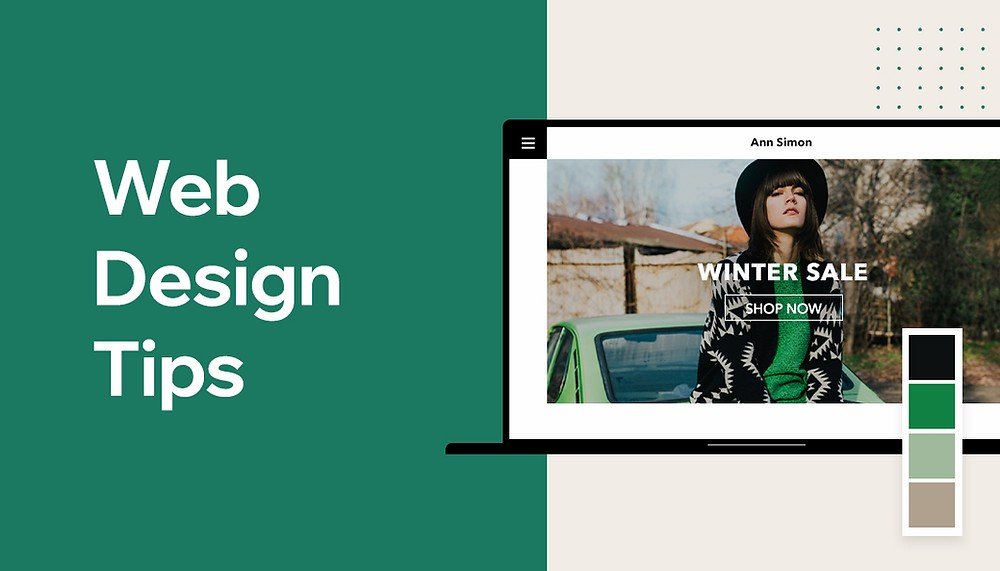Web Design Tips comes in a variety of styles and directions, whether it’s chic, modern, or classic or minimalist.
The layout and feel of your site on your homepage should reveal your personal style and brand identity, but there are some basic rules that can be applied as standard.
A well-crafted web design affects the user experience and feature usability, and the site should be easy to understand at a glance. Below are 3 simple web design tips by web development company Los Angeles to help you make your site effective and engaging.
1. Keep your homepage simple and avoid clutter.
The homepage should be able to immediately deliver key messages to users. Users rarely read every word on the website.
Instead, users tend to quickly skin pages and selectively read words, sentences and images.
It’s better to understand the behavior of these users and appeal their emotions rather than the number of letters. The fewer times your site visitors have to read, click, or remember, the better you can process and rate your content.
Read Also: How to Improve Yourself as A Graphic Designer
Designing to reduce attention spans increases the likelihood that users will do what they want. These simple web design tips can help you create an engaging homepage design by sharing your content and making it easier to see.
- Reveal important content, not fold it: Visitors should understand the content of your website as quickly as possible without scrolling or clicking.
- Adjust content spacing: Use spaces between elements. Leaving some areas blank will give the design a much wider and more balanced feel. Write your text in small, easy-to-read paragraphs.
- Add images: High-quality media features like photos, vector art or icons are great for conveying the point of your content.
- Adding CTA (Call To Action): From purchase to sign-up, site visitors are encouraged to perform their intended actions by clicking the CTA button on the site’s home page.
2. Design considering visual priority structure
Priority structure is an important design principle that allows you to expose your content in a clear and efficient way. So, if you use the right visual structure, you can draw attention to the priority content that makes the most sense to your users.
The most important element of the visual priority structure is,
- Bigger & Weight: Makes higher-value content such as business names and logos stand out larger and visually. Users naturally tend to be dragged first with large, bold headings and jump over to text in small paragraphs.
- Content placement: Use the right website layout to get your visitors in the right direction. For example, you can place an important CTA button in the center of the screen or place a logo.
Establish a clear priority structure for your information, and your readers will unconsciously collect the information according to the flow you set. Use color, contrast, and spacing to deliberately emphasize your content when it gets the most attention.
3. Make sure you can easily navigate the site
The purpose of our site web design is to make it easy for users to find what they are looking for. In addition, sites with robust navigation can help search engines index your content while improving the user experience.
- Link your logo to your homepage: Website design tips should make your visitors expect and reduce clicks. If you don’t have a logo, it’s a good idea to create a logo for branding.
- Menu Considerations: Whether you choose a classic horizontal list, hamburger menu, or other item, your website menu should be conspicuous and easy to find. It should also be organized according to the importance of each section.
- Provides vertical navigation: Use the anchor menu for long scrolling sites, such as one-page sites. One click gives users quick access to any section. Another option to consider is the’Go to Top’ button, which allows visitors to go to the top of the page from anywhere on your site.
- Footer work: The footer is located at the bottom of the site, and it’s a good idea to place all the important links. It may include contact information, social media icons, and shortcut versions or other related links that may be required by your visitors.

